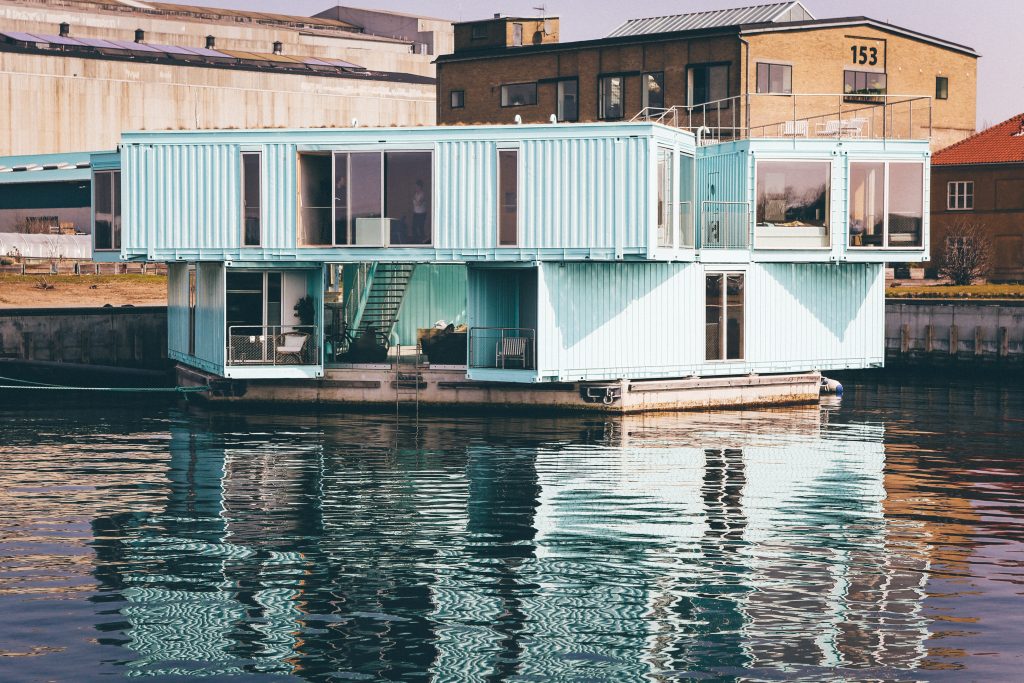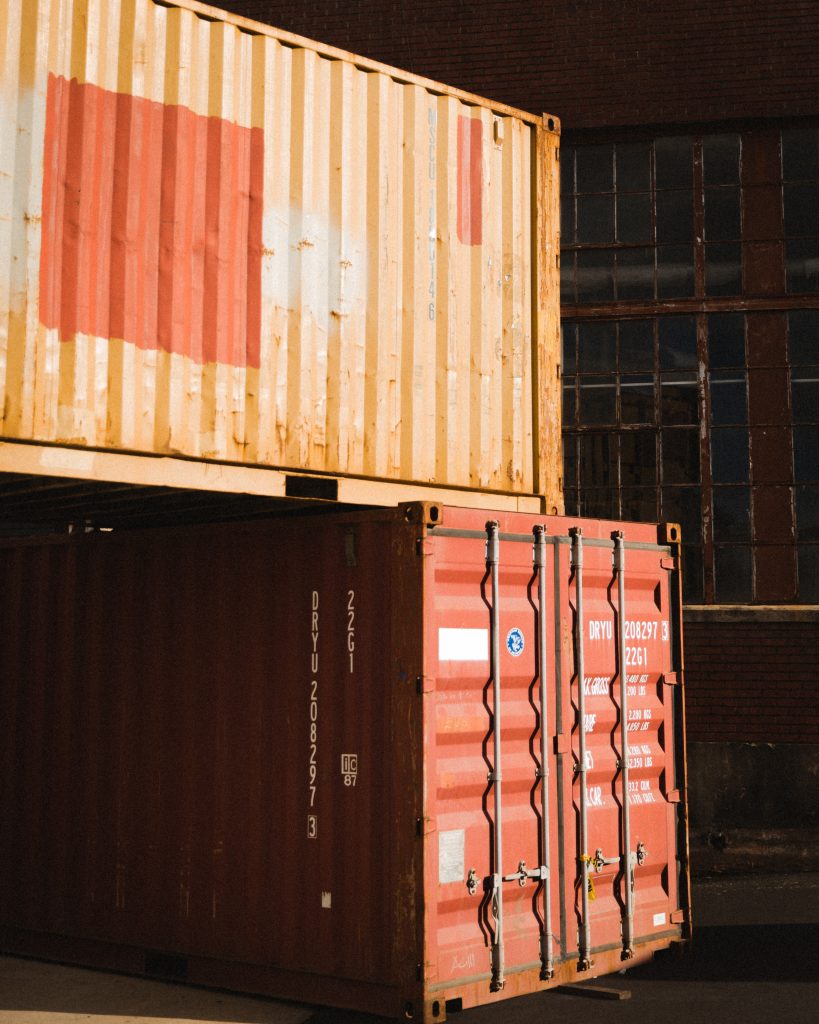It’s becoming more and more popular to convert shipping containers for a range of reasons.
Whether it’s due to the ability to transport them, or the sustainability factor involved because the shipping containers are being recycled and can use significantly less energy to convert and use, or the customisation element – you can transform a shipping container into almost anything you want!
When converting a shipping container into a home, it’s crucial to get the insulation right to keep warm, prevent heat loss and prevent condensation. Shipping containers have very thin walls, so any heat will soon flow out of the container.
The good news is:
There is a range of different shipping container insulation options when looking at converting shipping containers.
Table of contents:
- Insulation boards
- Blanket insulation
- Natural insulation
- Spray foam
- Choosing the right shipping container insulation
Insulation boards
One of the most common forms of insulation around is insulation boards. They are easy to install and are quick to fit into your room or container, making them definitely one to consider. It’s also a great option in shipping containers where space is limited because although insulation panels are relatively thin, they have high R values so will insulate your container well without needing to be too thick.
Blanket insulation
Blanket insulation is one of the more traditional insulation materials available. Blanket insulation comes in rolls so needs to be fitted into panels, or installed and then covered with plywood or other sheets, which will require extra work to be done. Additionally, some blanket insulation is made from fibreglass which is harmful if not handled properly.
Natural insulation
Why not use wool, cotton or recycled insulation to insulate your shipping container? Installed similarly to blanket insulation, there can be some drawbacks such as the installation process, but they are both eco-friendly methods which are perfect if you’re creating a shipping container home as part of a move towards more sustainable living.
Spray foam
Spray foam is one of the most popular forms of insulation when considering a shipping container because it allows you to create a seamless layer of insulation – any seams present the potential for heat loss and condensation ingress.
Spray foam has one of the highest R-values of insulation products which is another benefit – R values measure the effectiveness a material has at preventing conductive heat flow. The higher the R-value, the more effective the material is as a thermal insulator. However, spray foam is one of the more costly options available to you.

Choosing the right shipping container insulation
When selecting insulation for a shipping container home, several factors should be considered to ensure optimal performance and suitability.
First, assess the climate conditions of the location where the home will be situated, as this will dictate the insulation’s thermal resistance requirements.
Next, consider the available space within the container walls and ceilings, as well as any potential obstructions such as wiring or plumbing that may affect installation.
Additionally, weigh factors like cost, environmental impact and fire safety ratings of different insulation materials, which can include options like spray foam, rigid foam boards, fibreglass or natural alternatives like wool or recycled denim.
At the end of the day, the chosen shipping container insulation should effectively regulate temperature, minimise energy consumption and fit within the constraints of the container structure, while also aligning with personal preferences and sustainability goals.

If you’re looking for insulation for a shipping container or any other project, take a look at our range here, or give our team of experts a call on 01752 692 206.











